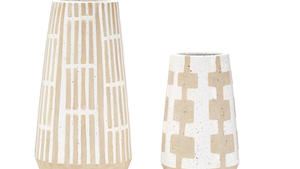Ginna Christensen, former creative director behind luxury rug companies Woven and Marc Phillips, has started her own firm, GC Collaborative, specializing in creative consultancy for businesses in the design realm. On her mind? A contingent of her latest clients (among them: an innovative wallpaper-artist collaboration aiming to reduce gun violence); merging the online experience with the offline; and how she learned everything about branding from one Giorgio Armani.
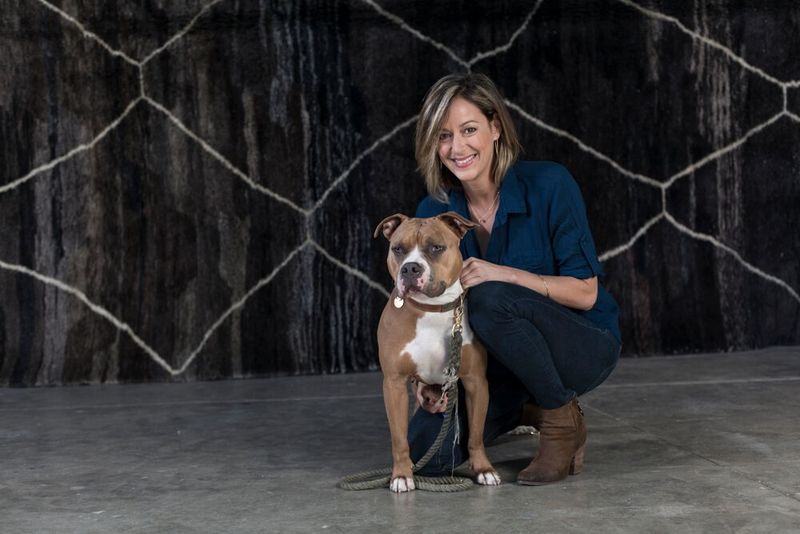
Walk us through your job history. Where did you get started?
Have you ever read that book All I Really Need to Know I Learned in Kindergarten? Because that is what my first job out of college was like. I worked as sales assistant manager at Giorgio Armani, supporting sales, visual merchandising and management. [It] was fun but challenging. I helped clients like Sarah Jessica Parker, packed up Christie Brinkley’s wedding dress, and helped accessorize outfits for one of the wives of the Sultan of Brunei.
I also led a staff of 12, which was responsible for keeping the store looking like Mr. Armani’s apartment in Milan. Closets could never be overstuffed, and every sweater in every drawer had to be folded perfectly. We treated the items of clothing like treasures, and that is how our clientele experienced them. It was my first lesson in branding and it has always stayed with me.
 [At Armani] we treated the items of clothing like treasures, and that is how our clientele experienced them. It was my first lesson in branding and it has always stayed with me.
[At Armani] we treated the items of clothing like treasures, and that is how our clientele experienced them. It was my first lesson in branding and it has always stayed with me.
Since that time, I’ve worked for different fashion brands, including Max Mara, Emanuel Ungaro and Ellen Tracy. I made the shift to interiors in 2000 when I became an outside salesperson for a company that made wood molding for the picture frame and furniture industry. Full disclosure: The company was owned by my father, and he was the best boss. He taught me a lot about sales, how to ask the right questions, and gave me the confidence to work on product development, in which I and my team developed our best-selling series of products.
I fell into the rug industry when I moved to L.A. 12 years ago. I worked for both Marc Phillips and Woven as creative director and initiated strategic collaborations, implemented marketing strategies, events and programming. I am happy to be back working with Marc Phillips, as I see tremendous growth opportunities there.
Walk us through the formation of GC Collaborative. Where did the idea originate?
It was really spurred from my work as chair of the West Hollywood Design District. The experience of working with many types of businesses—not just rugs or furniture, but restaurants, hotels, fashion retail—broke me open in a creative way that I had not experienced before. This was the hint for me to transition from working as a creative director and strategist for one company and start doing that same kind of work for many.
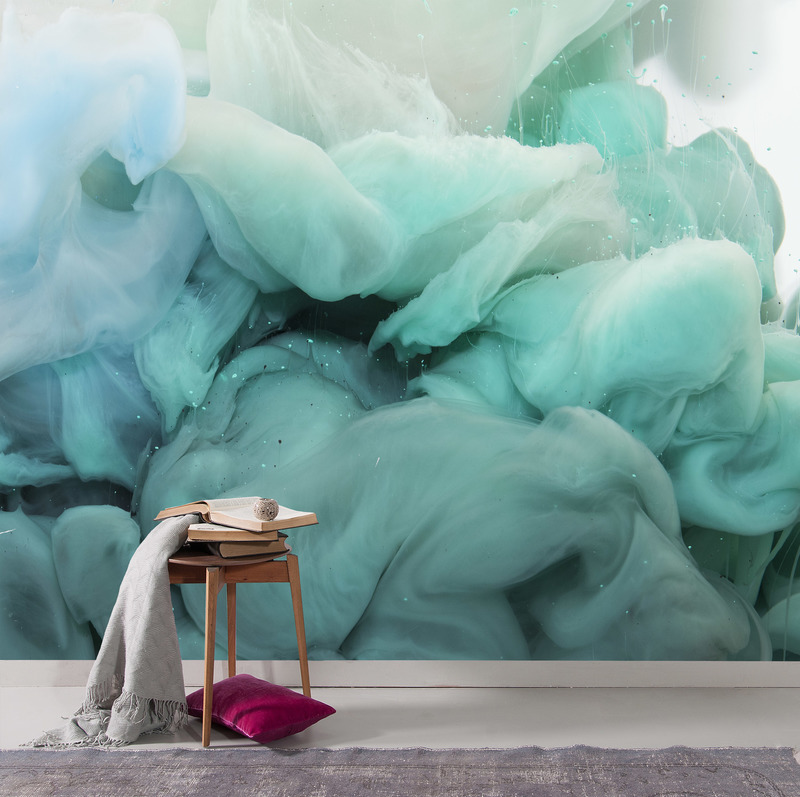
How does your past experience in the industry inform this latest venture?
It informs it tremendously. One of the biggest challenges I see companies facing today is how to stay or become relevant in this market that is both digitally and experientially driven. The meaning of luxury has changed. It is no longer defined by the price goods, but by the story the product sells, the experience that came with the purchase, and the item’s limited availability. People want to feel like they are buying something that was made specifically for them. It reflects who they are.
In my past experience, I was able to create experiential events that were shared digitally. The events and products attracted press, created buzz, and increased business at a rate substantially higher than normal growth rates. It also kept clients coming back for more.
 One of the biggest challenges I see companies facing today is how to stay, or become, relevant in this market that is both digitally and experientially driven.
One of the biggest challenges I see companies facing today is how to stay, or become, relevant in this market that is both digitally and experientially driven.
Who are some of your clients?
I am extraordinarily lucky to work with amazing individuals and companies that are as passionate about what they do as I am. We just started work with Marc Phillips, a boutique rug company with locations in both New York and Los Angeles. We have a bit of a history, as I worked as creative director for them several years ago.
We are also working with the fiercely independent wallpaper company Black Crow Studios, which just launched a collaboration with Raise the Caliber. The collection of fine-art prints and wallpapers she created helps fund gun buy-back programs in urban cities all over America. We are also working with Custom Comfort Mattress, Legaspi Courts Design, Krane Home, Hyla Frank, Viola, and LC Studio Tutto. I could not ask for more talented or dedicated clients.
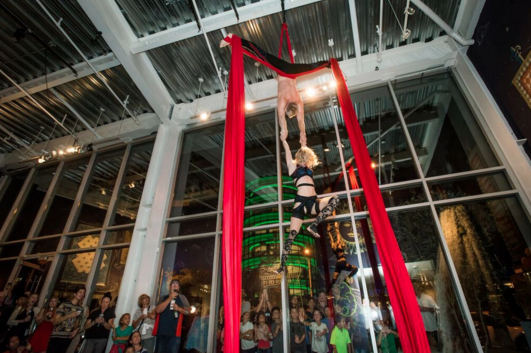
Walk us through a case study with a client of yours.
We’ve been working with Black Crow for almost a year now and our process started as it always does, by asking the question, “What are your goals for the brand? Where do you want to be in five years? How do you want to be spending your time? What does growth look like for you? Are you looking to develop more than one revenue stream?”
Then, from there, we deep-dive into the working behind the brand. What is the tone and feel you want to convey?
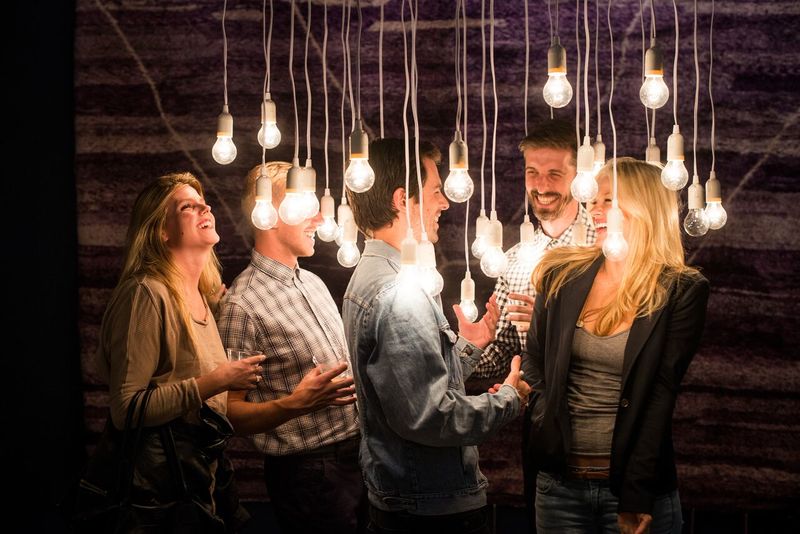
From this data collection stage, we then look at the completion and pinpoint areas of differentiation and look to accentuate them. With Black Crow, it was their art-driven position, their rebellious tone, which is slightly irreverent, as well as their look, which is both strong and also feminine. This information then leads us to our strategy, which for Black Crow is most focused on strategic collaborations. As I mentioned, BCS just launched a collaboration with Raise the Caliber and the Caliber Foundation.
We are also working on several additional collaborations with up-and-coming and established artists.





















